The Vietnam Sugarcane and Sugar Association has proposed to include 28 sugar factories in the list of biomass power projects with the potential to install 1,064 MW after the Ministry of Industry and Trade is seeking consultation from agencies, organizations and individuals on the draft Project to adjust the VIII power planning.
On February 17, the Vietnam Sugarcane and Sugarcane Association (VSSA) sent a document to the Ministry of Industry and Trade requesting comments on the draft Project to adjust the VIII electricity planning.
VSSA said that in recent years, the Vietnamese Sugarcane industry has been making many contributions to the country's socio-economic development, taking advantage of bagasse by-products to burn for electricity generation, making significant contributions to electricity supply and environmental protection. Currently, the Vietnamese sugar industry has 10 cogeneration/biomass power projects, accounting for more than 90% of the country's total biomass power.
Also according to VSSA, the International Energy Agency (IEA) of the Organization for Economic Cooperation and Development (OECD) has released the world's first comprehensive research report on the transition path to a net-zero emissions energy system by 2050 while ensuring a stable and affordable energy supply, providing global energy access and enabling strong economic growth.
The report lays out a cost-effective and economically viable path to a clean, dynamic and resilient energy economy dominated by renewable energy sources such as solar and wind rather than relying on fossil fuels.
In the IEA’s net zero emissions by 2050 scenario, biomass plays a small but important role. In the IEA’s view, using biomass for electricity generation could support the expansion of intermittent renewables such as solar PV and wind, to accelerate decarbonisation. In the IEA’s net zero emissions by 2050 pathway, 5% of electricity generation would come from biomass. The main role that biomass can play in a 100% renewable grid is to reinforce the grid.
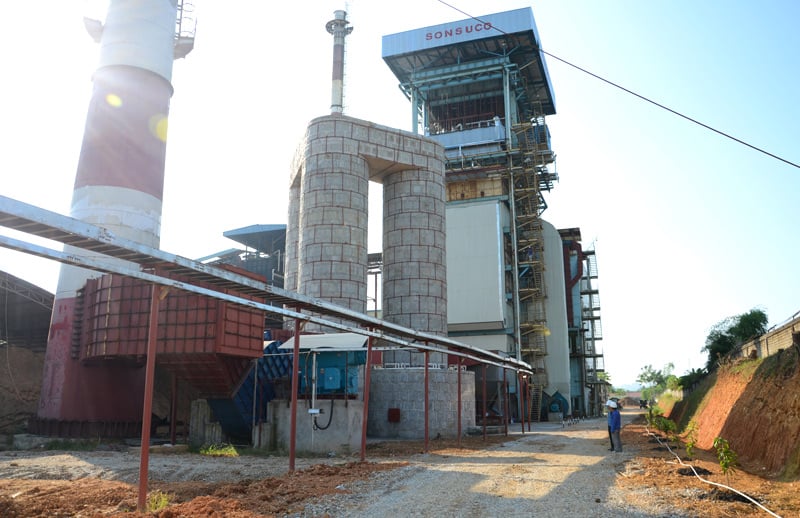
Tuyen Quang Sugarcane Biomass Power Plant. Photo: Tuan Hung
In Vietnam, since 2014, the Prime Minister has issued Decision No. 24/2014/QD-TTg on the mechanism to support the development of biomass power projects in Vietnam. By 2020, the document continued to be amended and supplemented with a number of articles by Decision No. 08/2020/QD-TTg. However, within this "support mechanism", there exists a barrier that is the regulation that divides biomass power projects into two types: cogeneration biomass (from bagasse) and other biomass projects. Meanwhile, cogeneration electricity from bagasse is the main source of biomass power (more than 90% of biomass power output).
The classification by technology type: biomass cogeneration and other biomass of the current mechanism has made biomass cogeneration and electricity projects (which are projects of sugar factories) unable to operate effectively. One is the low electricity purchase price, which makes it impossible for sugar factories to increase the sugarcane purchase price, leading to a decrease in sugarcane output and a decrease in electricity output during the crushing season. Two is the cogeneration and electricity mechanism that makes it impossible for factories to operate as biomass power plants outside the crushing season, because it is not economically feasible. This is a major drawback when all 10 biomass power plants of the sugar industry currently have to accept stopping operations for 7-8 months a year (outside the crushing season) and is a real waste of infrastructure resources, in the context of the national power system lacking supply, while biomass power has not yet fully exploited its potential.
In the world, all sugarcane growing countries (about 80 countries) recognize cogeneration electricity from bagasse as biomass electricity, and have preferential mechanisms to encourage development, contributing to diversifying the power source structure, ensuring energy security, reducing greenhouse gas emissions and protecting the environment. Meanwhile, Vietnam is the only country with regulations to classify biomass electricity projects into two types: cogeneration biomass heat and electricity (from bagasse) and other biomass projects, leading to the failure to fully exploit the potential of biomass electricity and causing a waste of social resources.
In fact, since the issuance of the "support mechanism" until now, no new biomass power project has been put into operation, which shows that the "support mechanism" is not attractive enough to encourage and attract investment in this field.
Another shortcoming of the “support mechanism” is that it does not recognize the important role of biomass power in stabilizing the power system to support the expansion of intermittent renewable energy sources such as solar and wind power, thereby determining the selling price of biomass power much lower than that of neighboring countries (the purchase price of cogeneration power is 7.03 UScents/kWh and for other biomass power is 8.47 UScents/kWh. Meanwhile, the purchase price of biomass power in Thailand for power plants with a capacity greater than 3 MW, the selling price of electricity is 4.24 THB/kWh -14 US cents/kWh, the purchase price of biomass power in the Philippines is 6.63 P/kWh equivalent to 13 US cents/kWh). This shortcoming also leads to the proportion of biomass electricity in the Power Master Plan VIII being much lower than the proportion of biomass electricity in the IEA's net zero emissions roadmap by 2050 (5% of electricity output).
Based on the IEA's roadmap for transitioning to a net zero emission energy system by 2050, assessing the situation and identifying shortcomings in the support mechanism for the development of biomass power projects in Vietnam, the Vietnam Sugarcane and Sugarcane Association proposes that the Ministry of Industry and Trade review and abolish the regulation classifying biomass power projects into two types: cogeneration biomass for heat and electricity and other biomass projects of the current development support mechanism, identifying cogeneration electricity from bagasse as biomass electricity according to international practice, and initially adjusting and applying one type of electricity price for all biomass power projects at 1,968 VND/kWh, equivalent to 8.47 UScents/kWh, calculated according to the central exchange rate of Vietnamese Dong to US Dollar.
Second, take appropriate support and incentive measures and consider increasing the share of biomass electricity to a level equivalent to the share of biomass electricity in the IEA's net zero emissions pathway by 2050 (about 5% of electricity output).
Third, in the immediate future, include 28 sugar factories in the list of biomass power project development with the potential to install 1,064 MW and unlimited capacity expansion in the future.
The National Power Development Plan for the 2021-2030 period, with a vision to 2050 (PDP VIII) was approved by the Prime Minister in Decision No. 500/QD-TTg dated May 15, 2023 with many new points compared to previous plans such as "dynamic and open", optimal development of power sources with the goal of zero net emissions by 2050 according to Vietnam's Commitment at the COP26 Conference, ensuring sufficient electricity supply for economic development needs with a GDP growth rate of about 7%/year in the 2021-2030 period, about 6.5-7.5% in the 2031-2050 period according to Resolution No. 81/2023/QH15 of the National Assembly on the National Master Plan for the 2021-2030 period, with a vision to 2050.
Source: https://danviet.vn/dieu-chinh-quy-hoach-dien-viii-hiep-hoi-mia-duong-viet-nam-de-xuat-dua-28-nha-may-duong-vao-phat-trien-dien-sinh-khoi-20250218202436827.htm








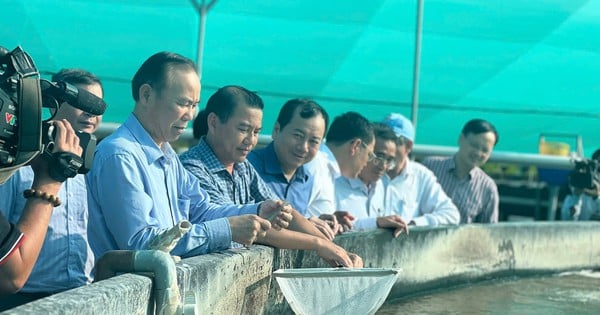
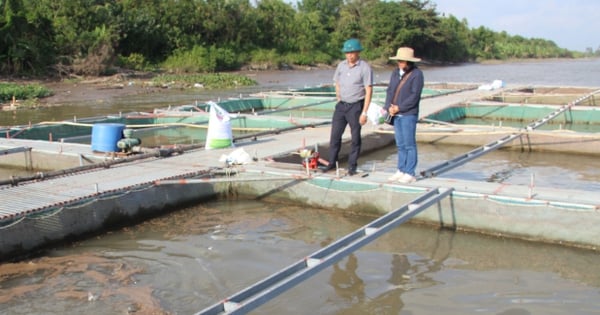
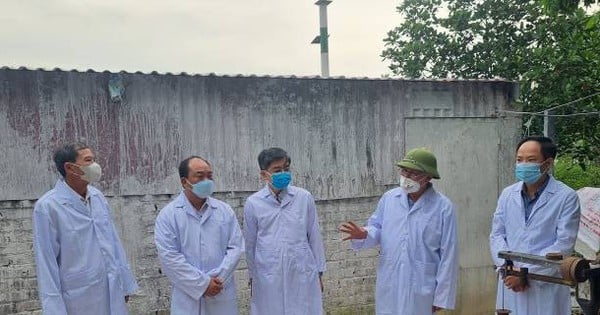
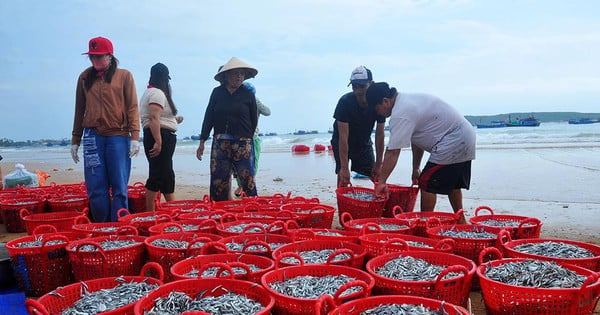
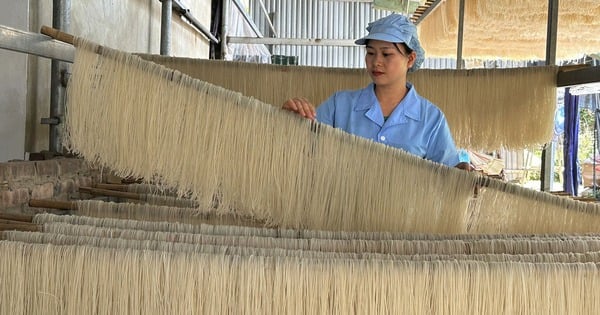
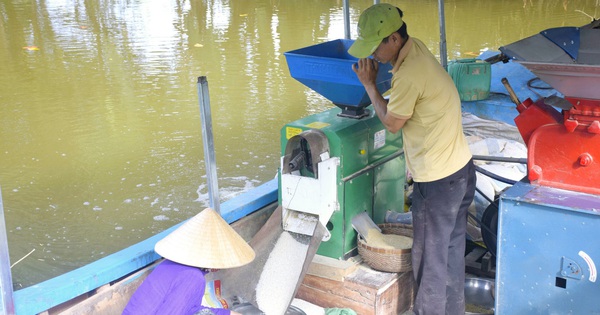


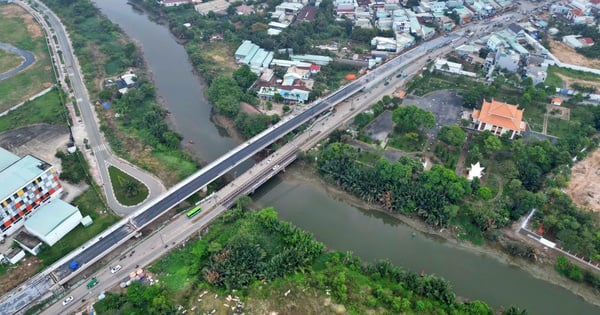
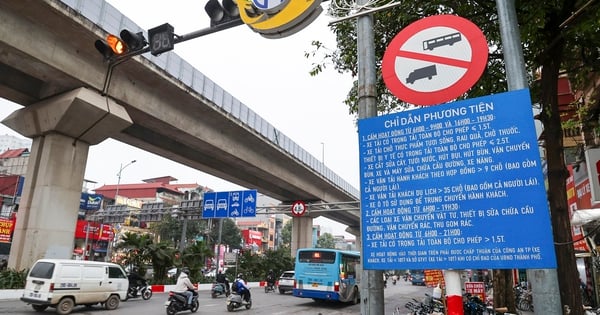





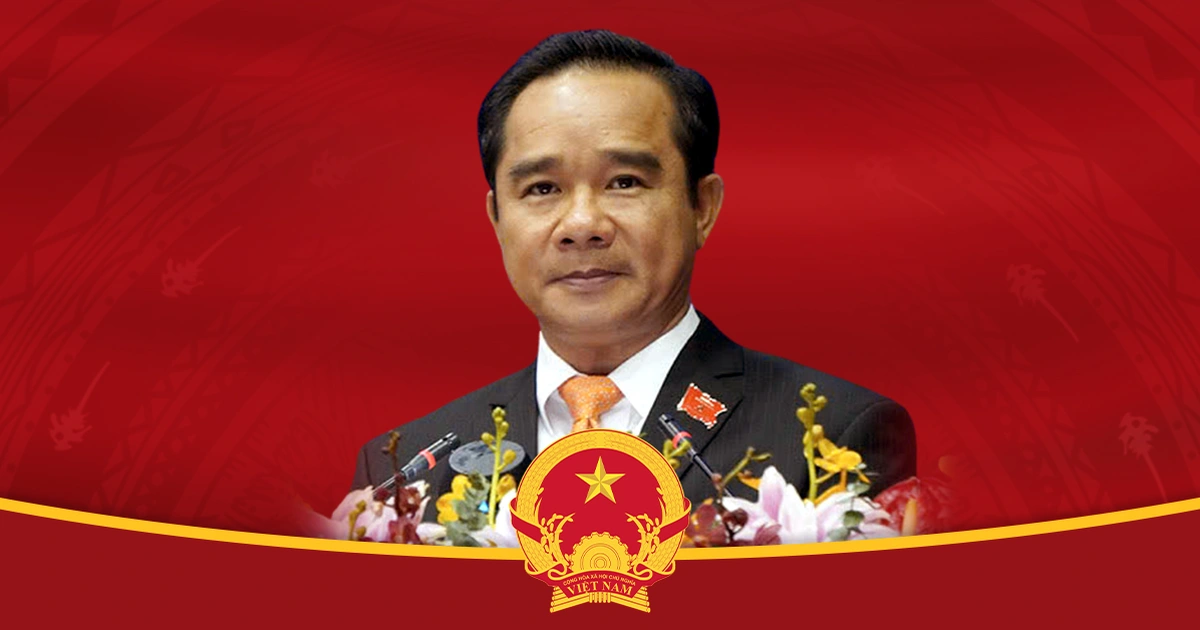




Comment (0)